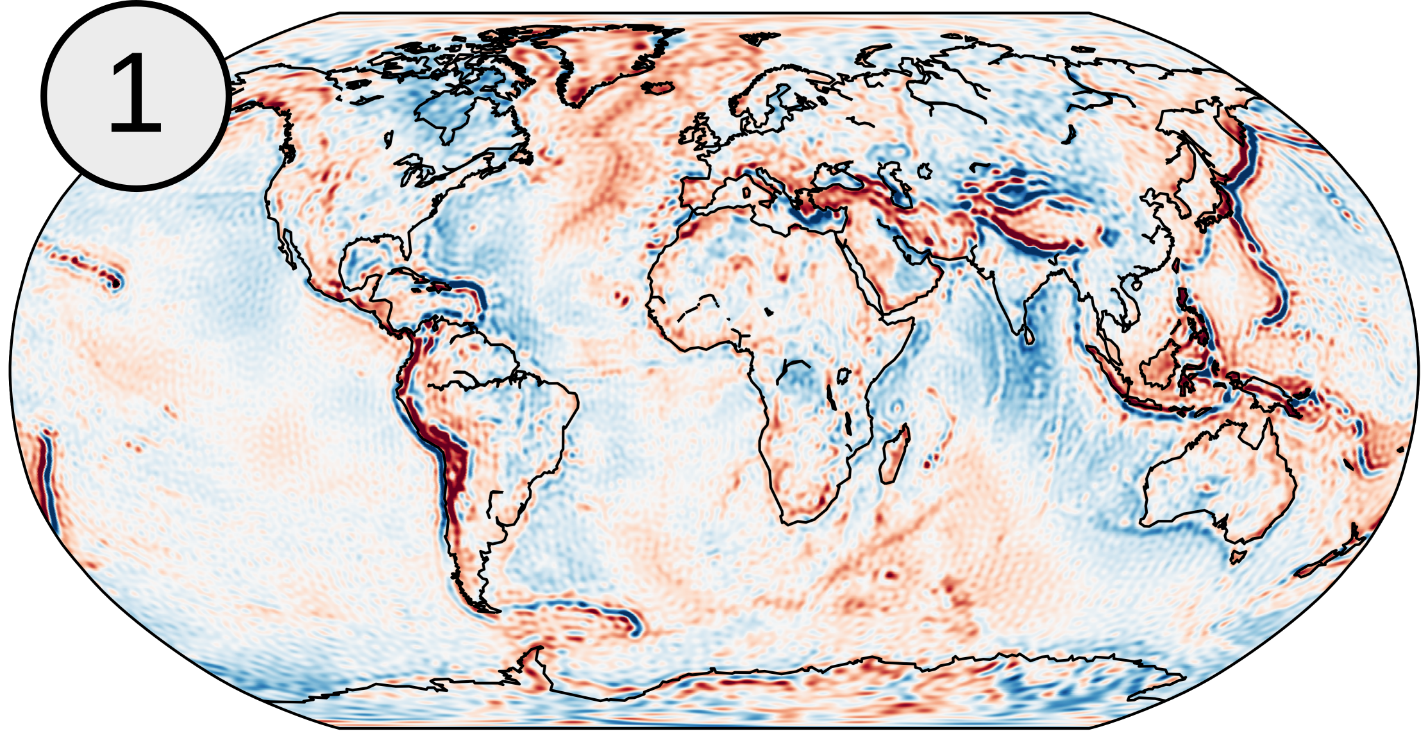The acceleration approach – an alternative way of processing GRACE data
What is the acceleration approach?
The acceleration approach is based on Newton’s equation of motion, i.e. the kinematic observations are linked to the dynamics = forces. Practically it means that we either need to observe accelerations directly, e.g. by accelerometers, or we need to derive them from other type of observations e.g. by numerical differentiation from positions. Since we are interested in the recovery of one particular force, namely the gravity field and its temporal variations, all other forces need to be subtracted by using e.g. models.

